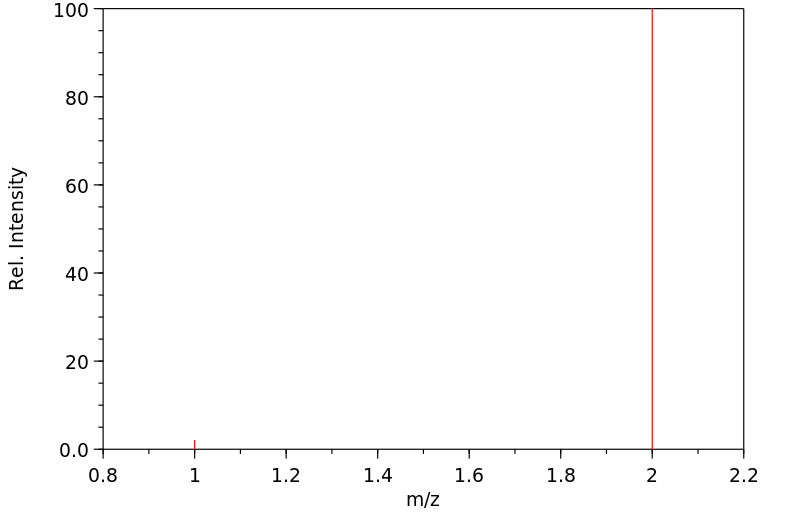代谢
这项研究调查了哺乳动物组织在类似于深潜呼吸混合气体的条件下氧化氢的能力。从豚鼠和 rats 中取出肾脏、肝脏、脾脏、心脏、肺和股四头肌。切碎或匀浆后,这些组织以及来自大鼠心脏的肌细胞和猪脑皮质毛细血管内皮细胞被放置在培养皿中,在一个特别设计的暴露系统中,以1或5兆帕(MPa)的压力暴露于标记的氢气中1小时。以1 MPa的压力使用氦气作为载体。填充蒸馏水或盐水的培养皿作为阴性对照。减压后,通过液闪计数法测量吸收的氚量来确定哺乳动物组织和细胞氧化氢的程度。组织和细胞的氚吸收率仅为每克每分钟10到50纳摩尔(nmol/g/min),与阴性对照相似。作者得出结论,哺乳动物组织在高压条件下不会氧化氢。组织中观察到的少量氚标记吸收可能是由于放射性同位素现象,这为确定氢氧化设定了100 nmol/g/min的检测限。
The ability of mammalian tissues to oxidize hydrogen under conditions similar to those encountered by deep divers breathing mixtures containing hydrogen was investigated. The kidneys, livers, spleen, heart, lungs, and quadriceps muscle were removed from guinea-pigs and rats. After mincing or homogenization, the tissues, along with myocytes prepared from rat hearts and porcine cerebral cortex capillary endothelial cells were placed in petri dishes and exposed to tritium tagged hydrogen at a pressure of 1 or 5 megapascals (MPa) for 1 hour in a specially designed exposure system. Helium at a pressure of 1 MPa was used as a carrier. Petri dishes filled with distilled water or saline served as negative controls. After decompression, the extent of hydrogen oxidized by the mammalian tissues and cells was determined by measuring the amounts of incorporated tritium by liquid scintillation counting. The tissues and cells incorporated tritium only at the rate of 10 to 50 nanomoles per gram per minute (nmol/g/min), rates that were similar to those of the negative controls. The authors conclude that mammalian tissues do not oxidize hydrogen under hyperbaric conditions. The small amounts of tritium label incorporation observed in the tissues is probably due to radioisotope phenomena, which sets the detection limit for determining hydrogen oxidation at 100 nmol/g/min.
来源:Hazardous Substances Data Bank (HSDB)







